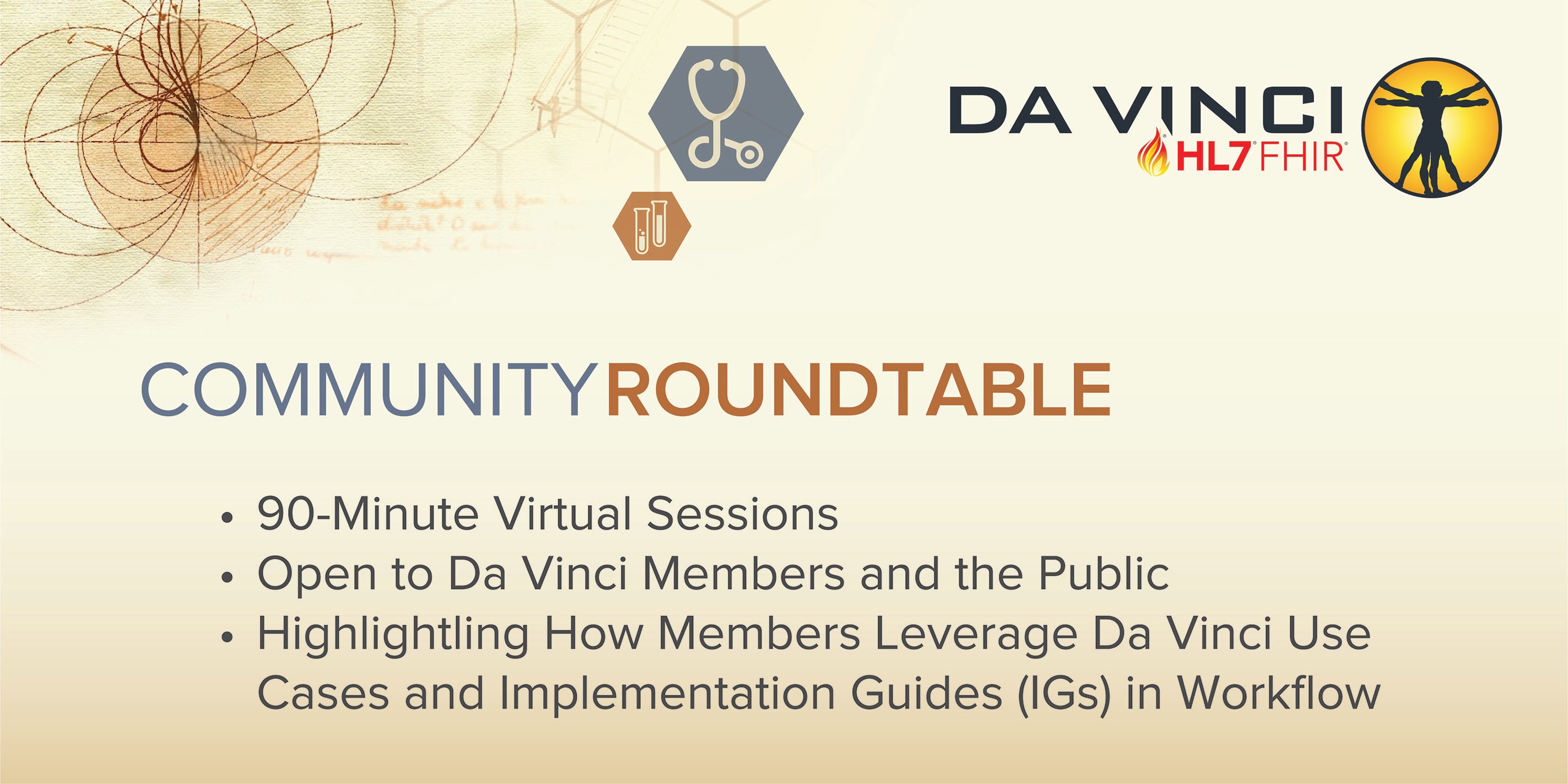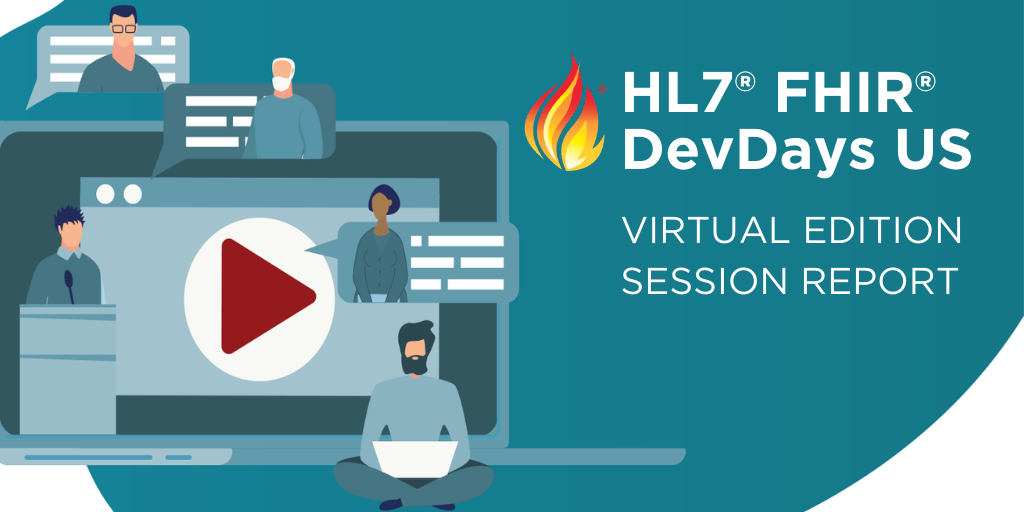Community Roundtable scheduled for August 26 will detail progress toward DRLS and FAST
The HL7 Da Vinci Project’s August Community Roundtable features updates on two initiatives that leverage healthcare industry collaborative efforts to advance information exchange using HL7® Fast Healthcare Interoperability Resources (FHIR®).
This is in response to two federal agencies that are seeking to maximize efficiency at scale and overcome barriers and physician burden in the healthcare system.
The agencies – the Centers for Medicare & Medicaid Services (CMS) and the Office of the National Coordinator for Health IT (ONC)– will provide updates on the progress on these efforts during the August 26 Community Roundtable.
The federal agency efforts aim to build on collaborative efforts underway in the healthcare industry, which are at the heart of the work by the HL7 Da Vinci Project, an accelerator seeking to advance the use of FHIR standards in support of value-based care initiatives.
The CMS Center for Program Integrity began the Documentation Requirement Lookup Service (DRLS) initiative in 2018, working in collaboration with the healthcare industry, in to response to ongoing provider burden experienced when trying to identify coverage-related documentation requirements, including those for prior authorization.



